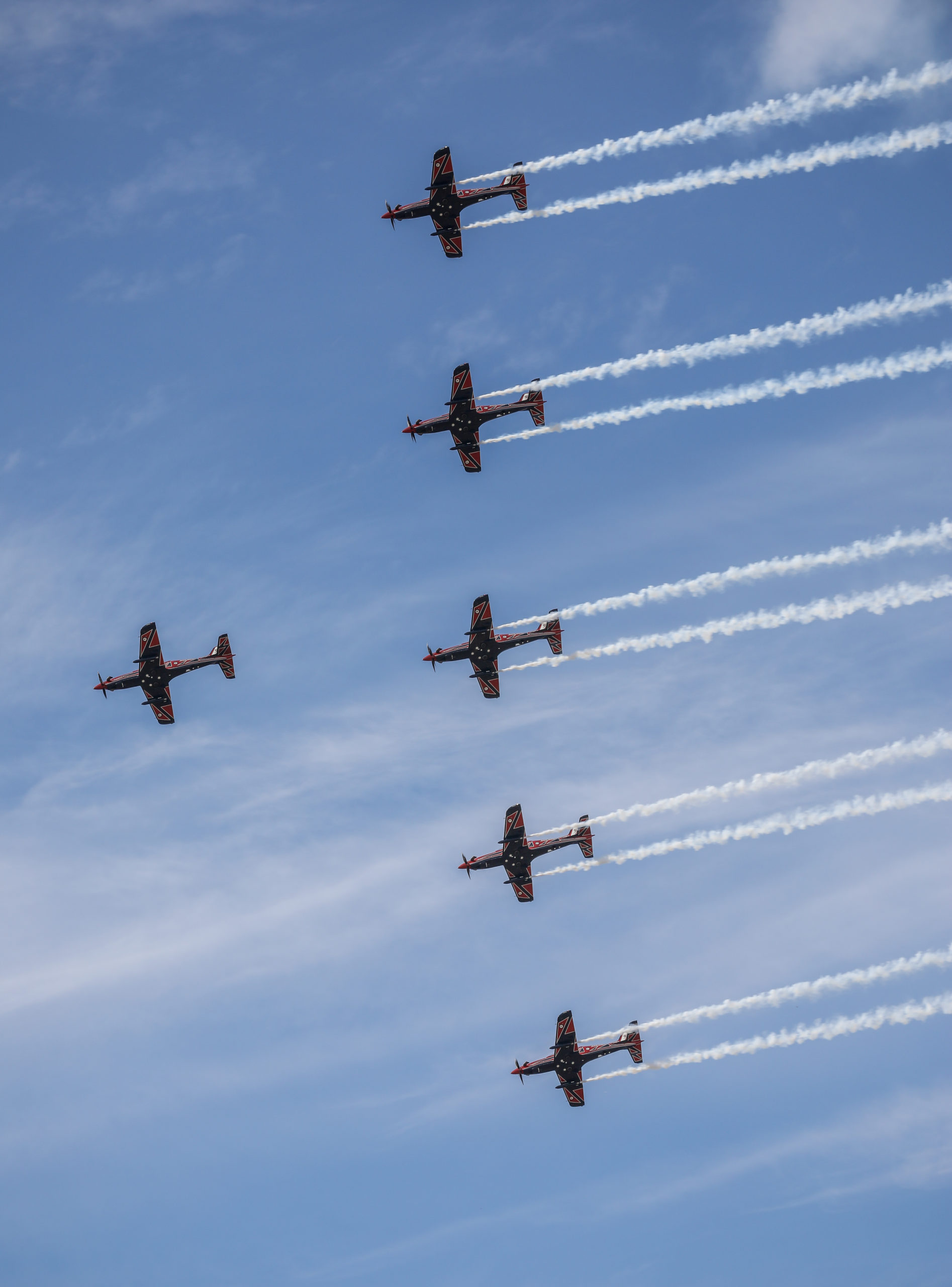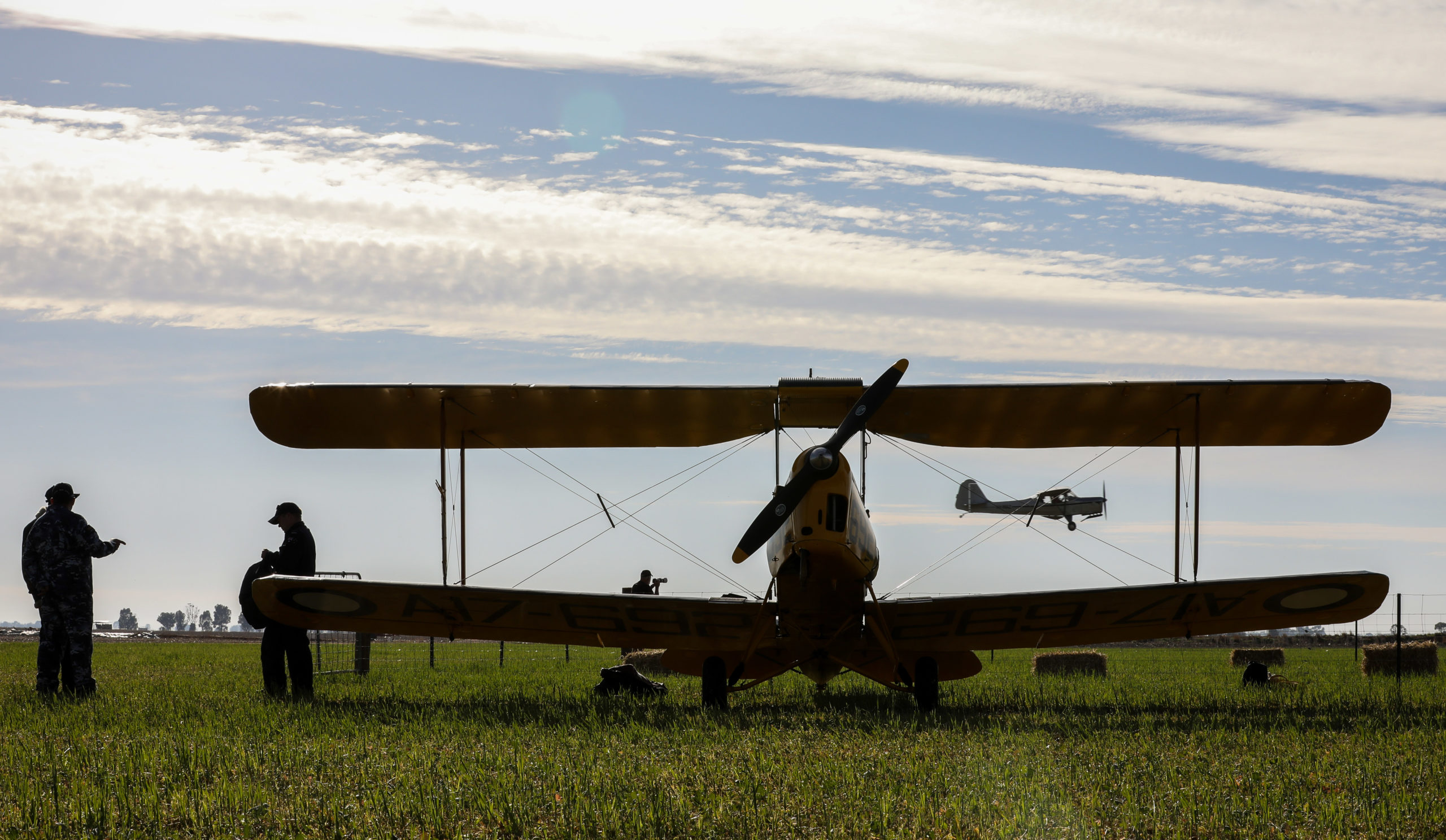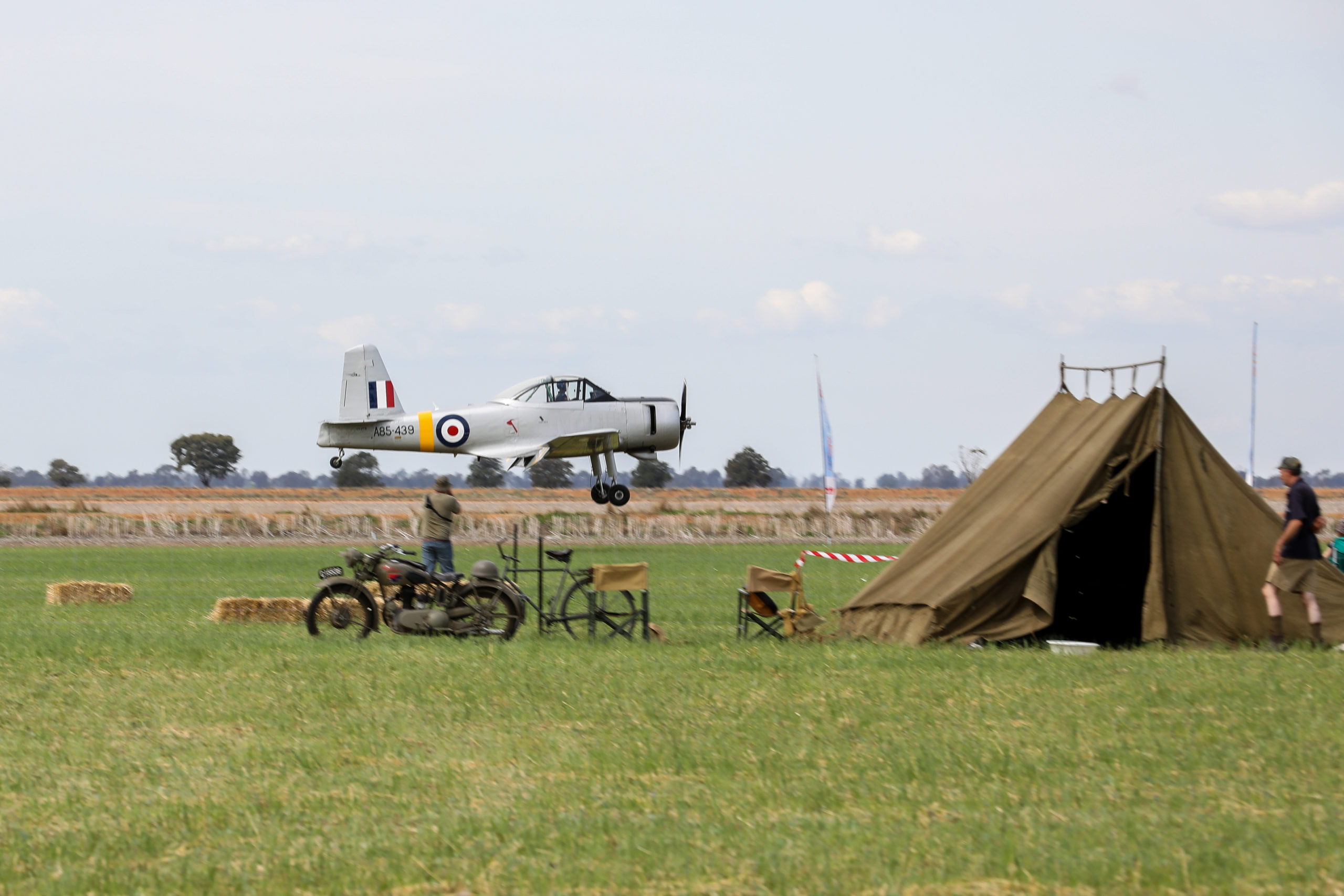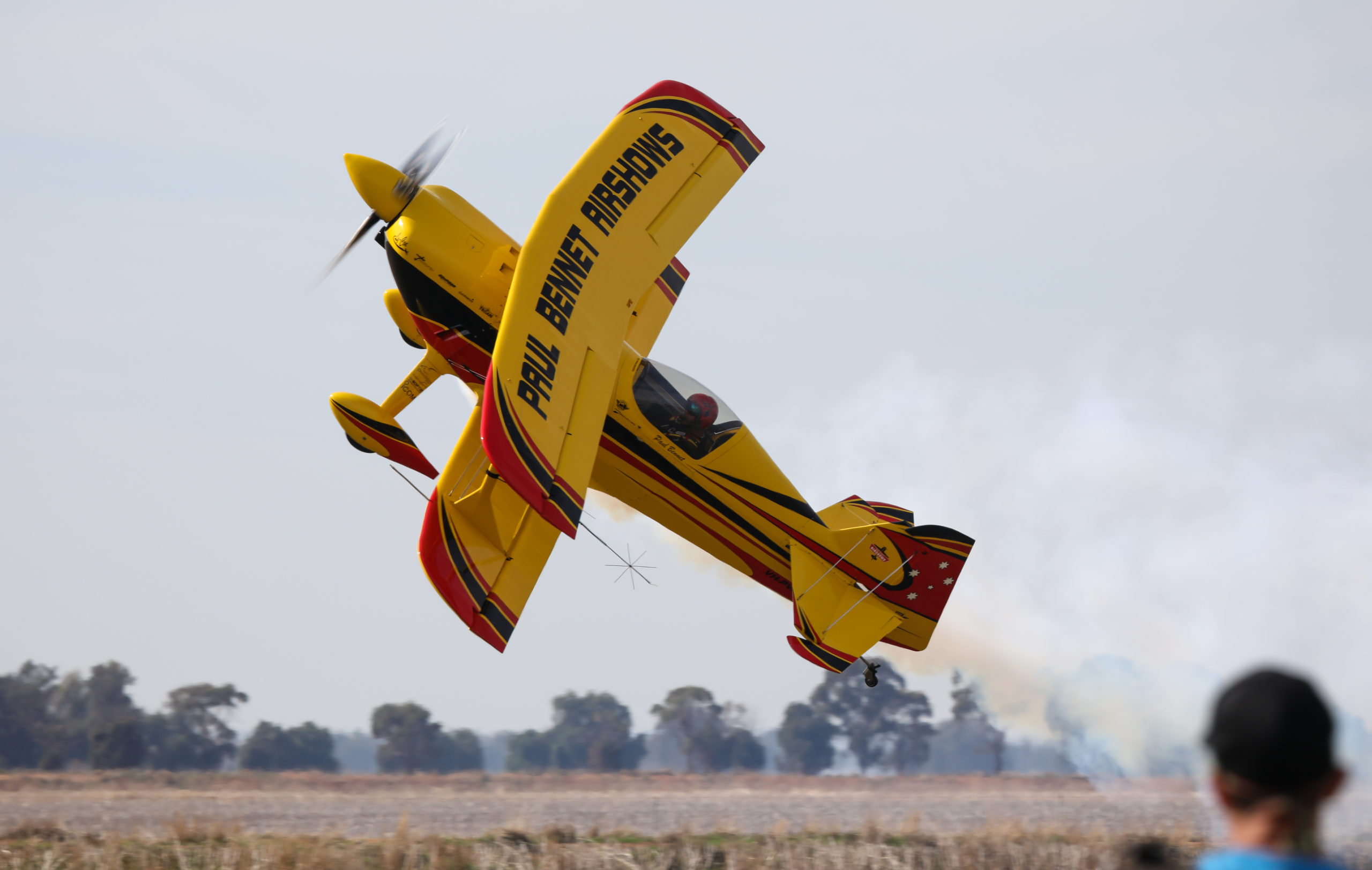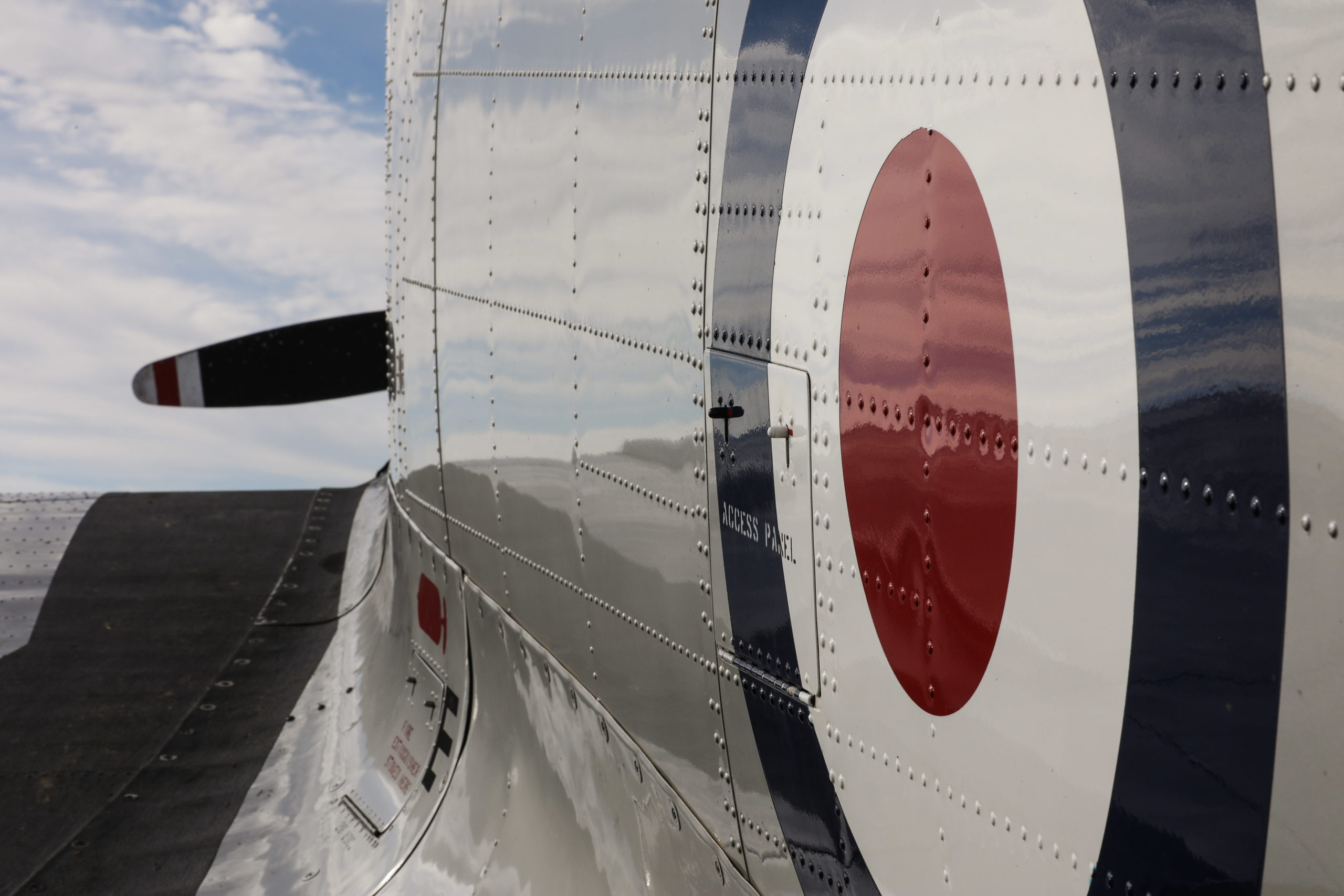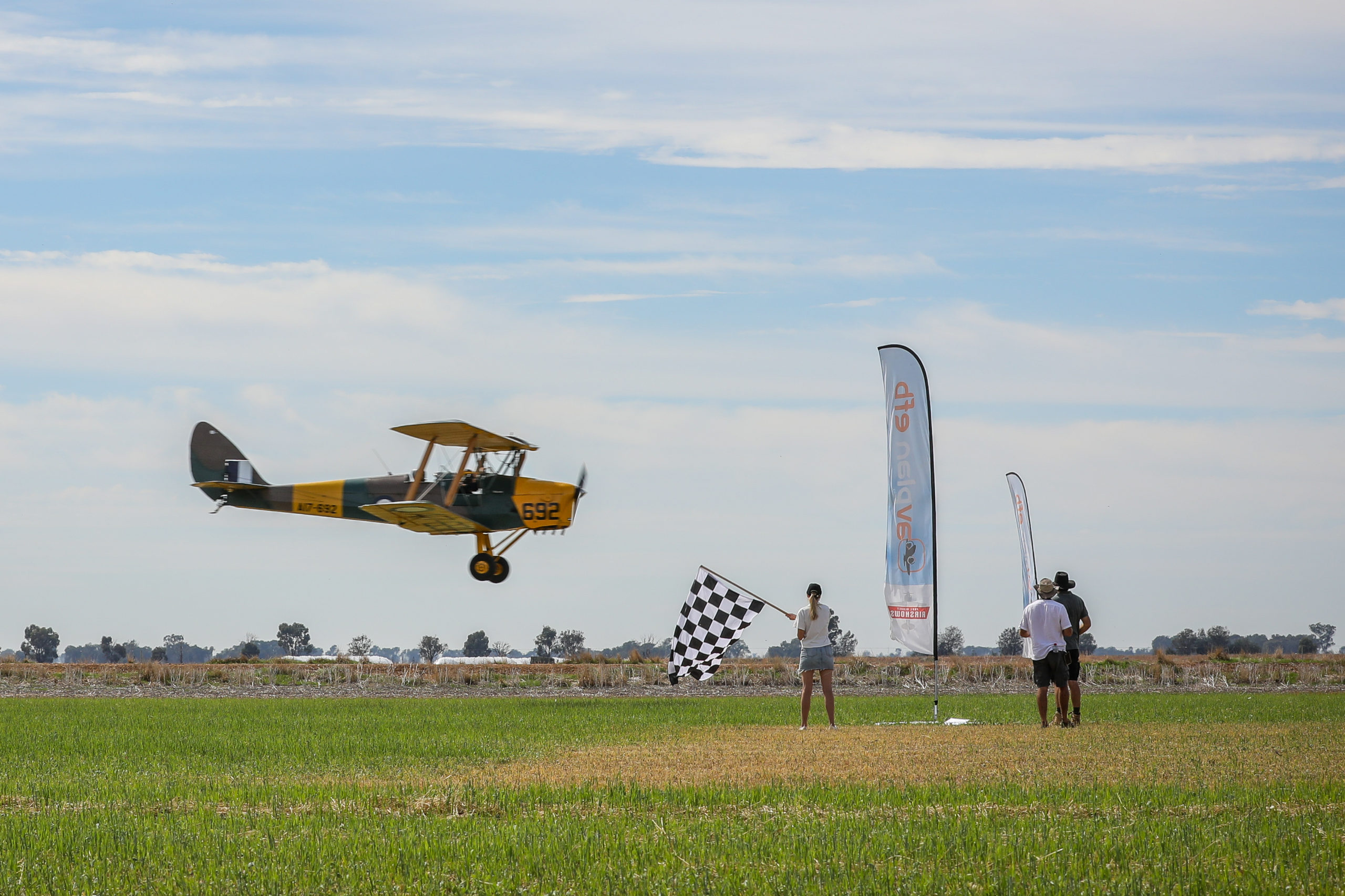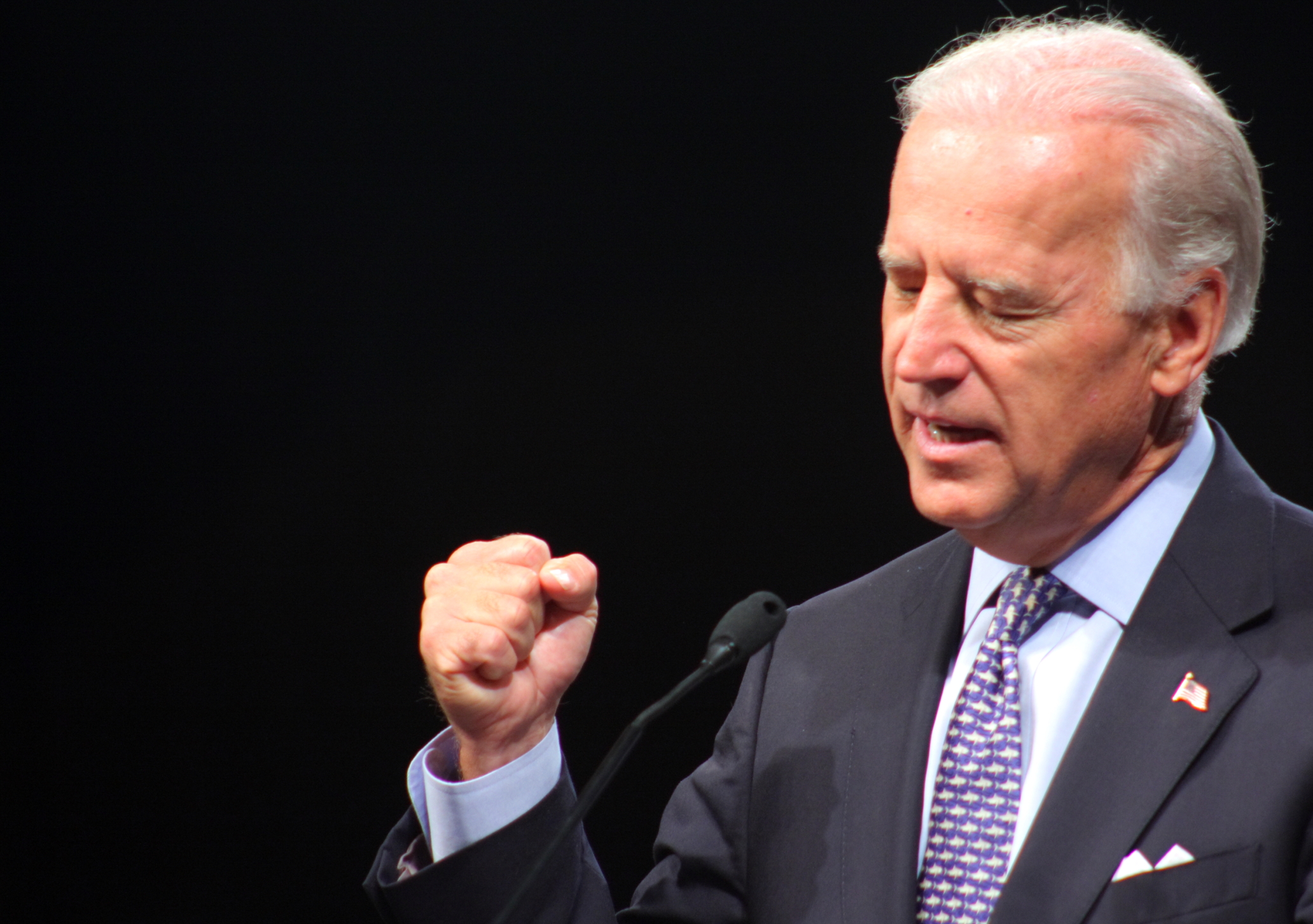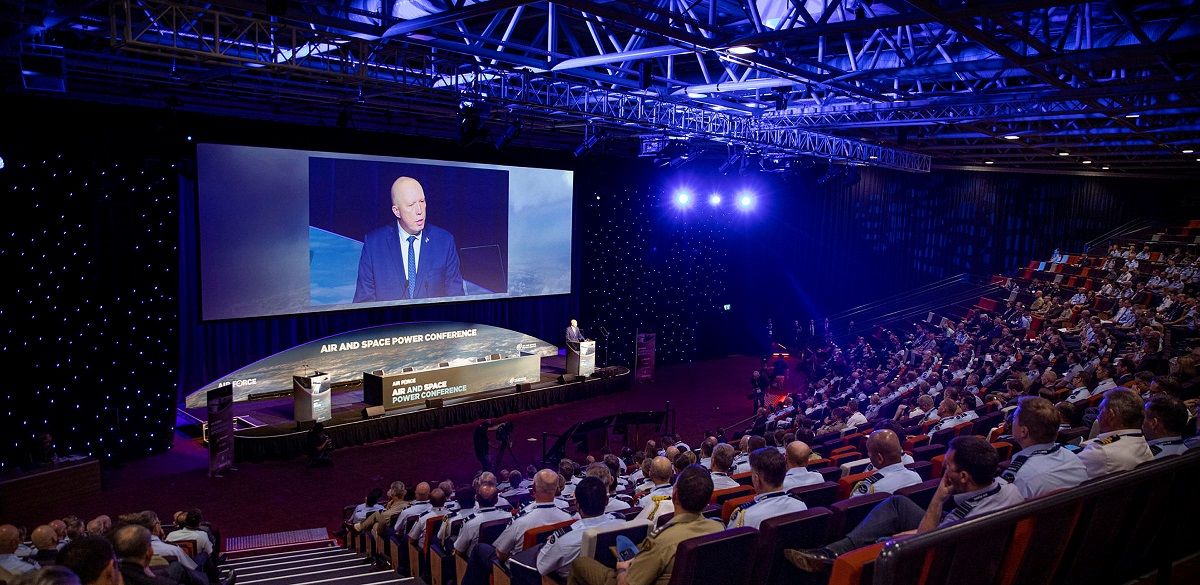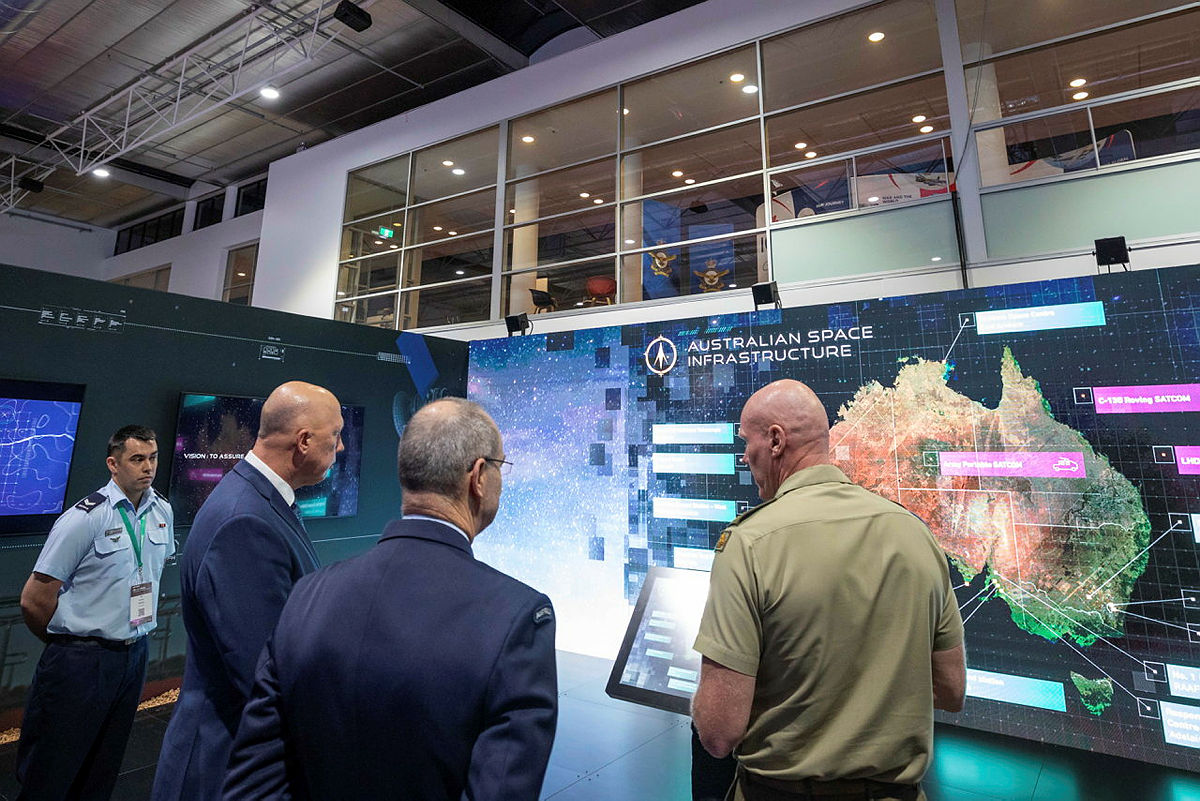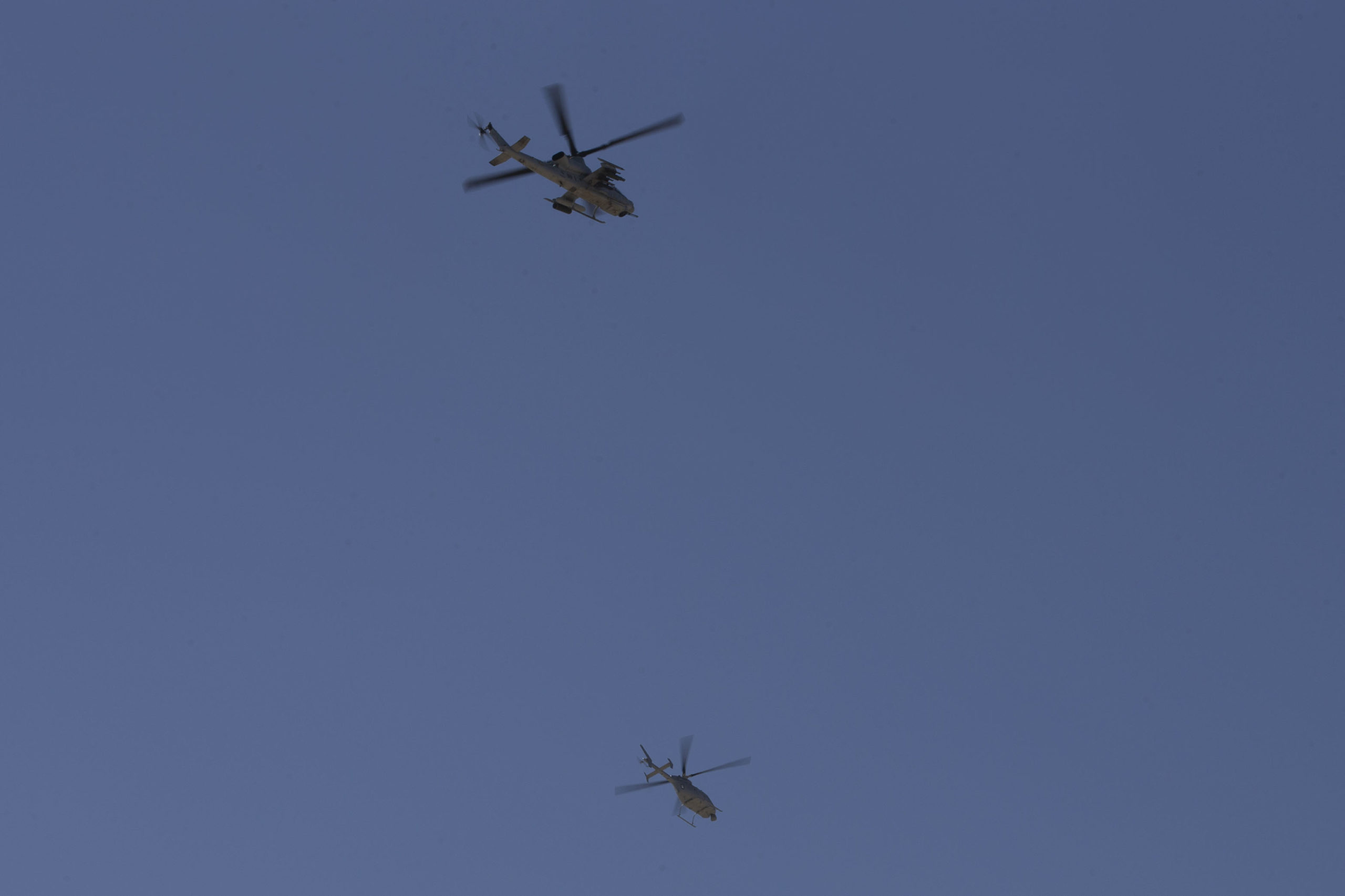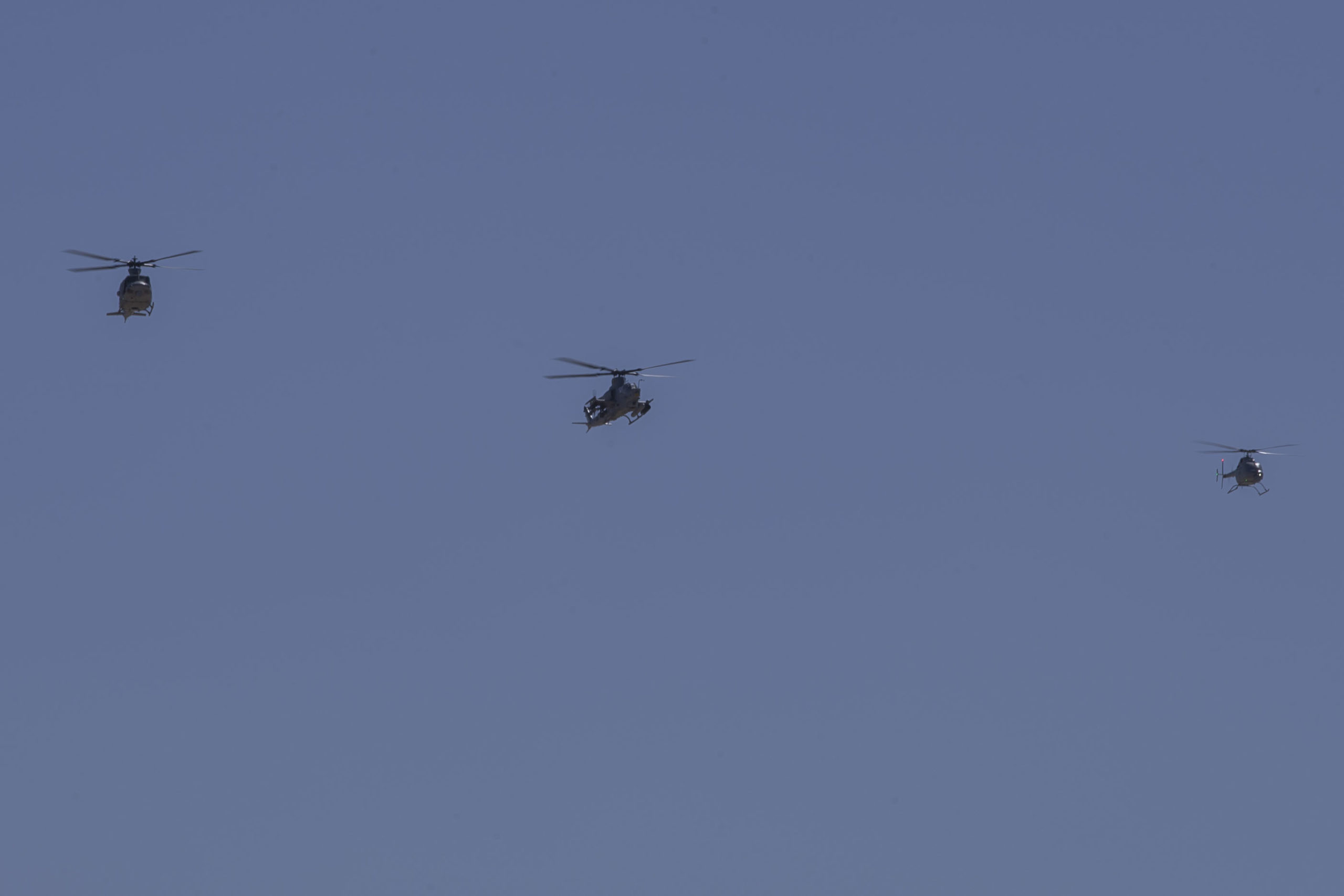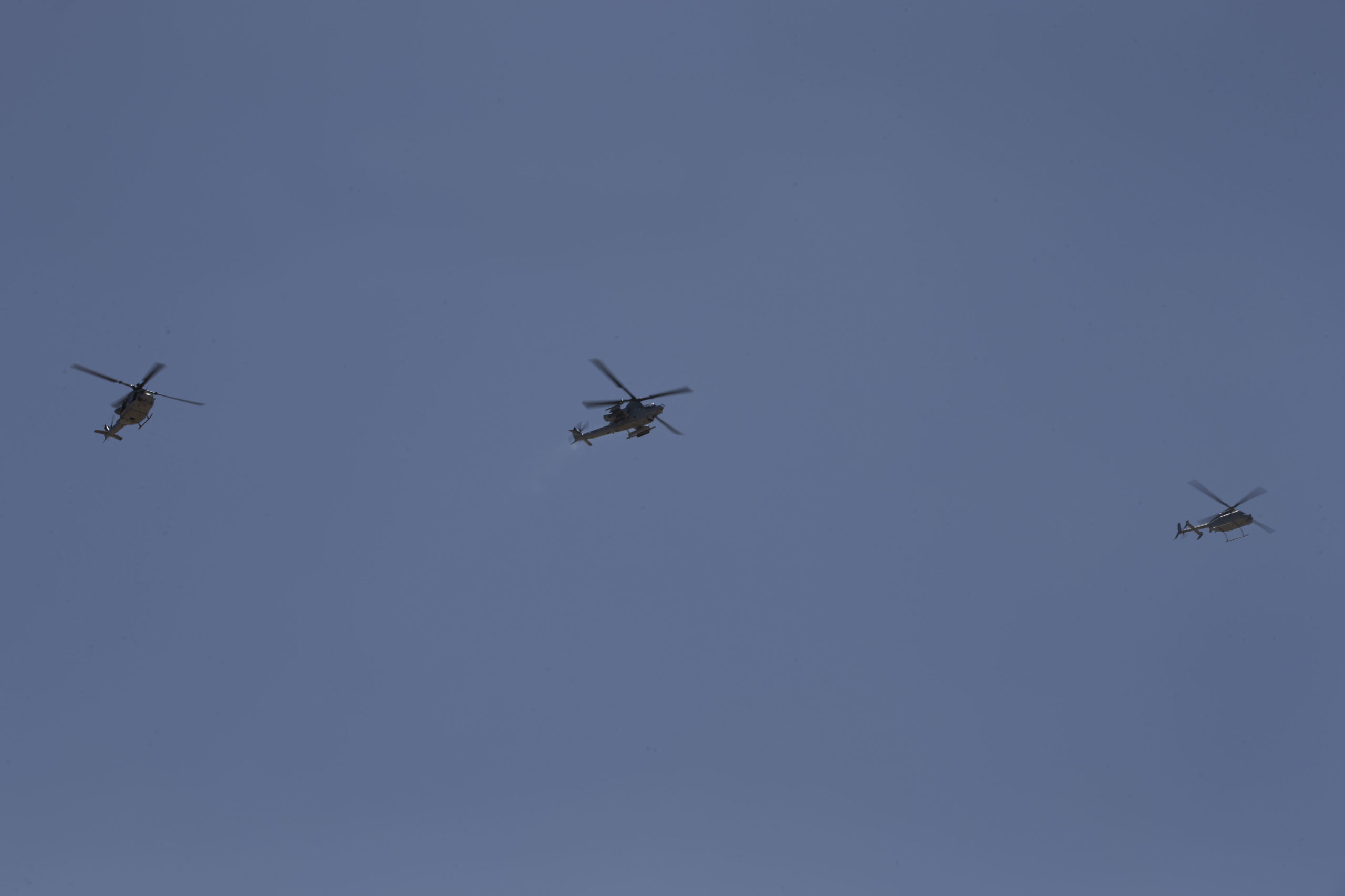By Pierre Tran
Paris – France is keen to work with the U.K. on a project for next generation cruise and naval missiles, while Britain looked determined to field a hypersonic weapon, a French navy officer said.
There are 18 months of talks under an Anglo-French agreement signed Feb. 18 on an assessment study of the Future Cruise/Anti-Ship Weapon (FC/ASW).
The FC/ASW project aims to replace the French Scalp and British Storm Shadow airborne cruise missile, and Exocet and Harpoon maritime missiles.
The question for the British on hypersonic missiles is not whether but with whom, the navy officer said.
“We haven’t (got them) and we should,” the British chief of the defense staff, Adm. Tony Radakin, told Jan. 7 The Times, a London daily.
For the French, the preference is for supersonic weapons, to be studied under the FC/ASW assessment study.
“Which train will they hitch their wagon with tomorrow’s technology?” the navy officer said, referring to the British.
Either way, it looked like there would be significant impact for France, which stood to hold on to an industrial partner, or lose it.
The technical and operational discussions are taking place against the backdrop of cool political relations between the two allies.
“It is a very political issue,” the navy officer said, “relations between France and the U.K. are very difficult.”
For France, Onera and MBDA had planned to conduct a test flight of the Lea experimental project for a hypersonic cruise missile in the U.S. by the end of last year or early this year, and that flight has yet to be made, a spokesman for the research office said.
There is sensitivity on the Lea project, two sources said.
The perceived importance of hypersonic missiles could be seen with wide media coverage of Russia’s reported first combat use of hypersonic missiles in fierce fighting in Ukraine over the weekend of March 19 and 20.
The Russian defense ministry said air-launched Kinzahl hypersonic missiles were fired Saturday at an underground storage of missiles and aircraft munitions in Deliatyn, western Ukraine. Russian fighter jets fired Sunday the new generation Kinzahl to destroy fuel and lubricant storage for the Ukrainian services, near Kostiantynivka, southern Ukraine.
Kinzahl was designed for the Mig 31 fighter jet, with the attack on the Ukrainian fuel depot reported to be launched from the Crimean airspace.
That Russian brandishing of the hypersonic missile could be seen last week.
British tabloids The Sun and Mirror ran March 14 on their websites a clip of Russian TV Zvezda, showing a fiery launch of the hypersonic Zircon cruise missile from the Admiral Gorshkov frigate, sailing in the White Sea, south of the Barents Sea.
Russian television reported in December that naval cruise missile launch, but the release last week to Western media was seen as Moscow’s attempt to warn Western nations against support for Ukraine, resisting on day 25 the bloody Russian invasion.
“It’s gesticulation,” an executive said.
A second executive said, “demonstration of force.”
The Russian defense ministry is reported to be the owner of TV Zvezda.
Keen for Cooperation
French officers have discussed supersonic missiles with British counterparts, and their capabilities could be seen in last year’s Nato exercise Formidable Shield, the navy officer said. The French navy has worked on war gaming simulation of threats with the Direction Générale de l’Armement procurement office.
Cooperation with the U.K. has “enormous significance for France,” the navy officer said.
The political backdrop to the operational and industrial interest in new European missiles is marked by decidedly cool relations on the part of Paris toward London.
There is tension between French president Emmanuel Macron and British prime minister Boris Johnson, a source said.
Poor political relations stem from an announcement last September of the AUKUS agreement between Australia, Britain and the U.S., for a planned supply of nuclear-powered attack submarines to the Australian navy, in place of French designed conventional boats.
Armed forces minister Florence Parly responded by cancelling a September signing of a memorandum of understanding for working with the British on FC/ASW. It took six months before procurement chiefs – rather than defense ministers – signed an intergovernmental agreement and contract with European missile builder MBDA.
The U.K. is working with the U.S. on hypersonic technology, as the British are very close to the Americans, the source said.
“There is joint reflection,” the source said.
For Paris, there is quiet determination to master hypersonic technology.
“France is not part of the upmanship, or gesture politics, or unfettered competition, but seeks a reasoned development of what is seen as a technological necessity, to be in sync with the technology-operational requirement for combat in the near future,” Benjamin Hautecouverture, senior research fellow at think tank Fondation pour la Recherche Stratégique told TV5 Monde, a television channel.
An industry executive said the Anglo-French agreement was important as it delivered a “continuity of cooperation.”
It is significant France cooperates with the U.K. on the future cruise missile, the executive said, but Paris keeps separate its work on a fourth-generation airborne nuclear missile, dubbed air-sol nucléaire quatrième génération (ASN4G), due to replace around 2035 the air-sol moyenne portée-amélioré ASMP/A supersonic missile.
A Tale of Two Concepts
The Anglo-French intergovernmental agreement allowed MBDA to sign an 18-month contract to make a detailed assessment of two missile concepts.
“These preparation works will focus on the co-ordinated development of a program of next generation deep strike and heavy anti-ship weapons,” the company said in a Feb. 18 statement on FC/ASW.
“It will assess two complementary missile concepts, expected to be fielded at the end of the decade: a subsonic low observable concept and a supersonic, highly manoeuvrable concept.”
The missile company had completed a concept study, which had a budget estimated at €100 million ($109 million). No details were given on the value of the assessment contract, which had been long awaited.
The concept study looked at various possibilities and came up with some 20 concepts, a second source said. The assessment study will take a closer look at the subsonic stealthy and supersonic concepts, and the work will be guided by air force and navy requirements.
There may be trade offs on the requirements, “which is a real subject for discussion,” the third source said. There could be two missiles rather than one weapon, or one missile with trade offs. Even with trade offs, the one missile could be expensive to build.
Finally, there will be a political decision.
The bilateral agreement allows for sharing common technology for a family of missiles, the second source said, much depending on the concept of operations drawn up by the services.
There will be need for the technology to be reliable and mature, the first source said. Given the operational need for reliability, cruise missiles are generally fired in salvoes of three, based on a redundancy approach.
There is a big technology challenge in developing propulsion and communications for a hypersonic missile, which will fly surrounded by a plasma wall which interferes with communications.
A hypersonic missile generates intense heat of some 3,000° C, requiring new materials technology, the first source said. While hypersonic technology has been known since the 1960s, maturing the know-how has been difficult.
There is the high cost of hypersonic weapons, making it good for hitting an aircraft carrier but excessive for a patrol boat, the first source said. The forces need to cover a whole theater of war, and if the services had only expensive weapons, they could only tackle, say, 10 percent of the threat. A mix of costly, high technology arms and lower cost, simpler weapons was needed.
In view of the complexity of hypersonic technology, the second source said, it might take maybe a decade for Britain, France, and the U.S to build affordable missiles backed by mature technology.
The full scale mock ups on the MBDA photo on the statement on FC/ASW cooperation are a rough approximation, not an accurate representation of the future missiles, the second source said. The model of the future cruise missile is longer than the Scalp/Storm Shadow, indicating a greater range.
U.S. Seeks to Catch Up
For the U.S., there is strong political interest in catching up with Chinese and Russian industrial and military lead in hypersonic technology.
Defense secretary Lloyd Austin invited top executives from Aerojet Rocketdyne, BAE Systems, Boeing, Leidos, Lockheed Martin, L3Harris, Northrop Grumman, Raytheon, and another half dozen or so companies to a meeting with Heidi Shyu, the undersecretary of defense research and engineering, CNN reported Jan. 29.
Shyu told the media in January the six U.S. military branches were “pushing the contractors very, very aggressively” on developing hypersonic weapons, and that “no aggressive schedule, especially if you’re pushing hard on them, will go through perfectly without some problems,” CNN reported.
The Pentagon urging U.S. industry to pick up the pace came at a time when Moscow was massing military might on the border with Ukraine before launching the fateful invasion on the night of Feb. 24.
President Vladimir Putin said Russia led the world in hypersonic missiles, and by the time other powers fielded their own hypersonic weapons, Moscow would be able to field countermeasures to that technology, Reuters reported Dec. 12.
Russia has proudly displayed hypersonic capability, led by the Zircon and Avangard weapons.
The Zircon, or Tsirkon, is reported to have a speed of Mach 9 and capable of evasive flying to dodge detection. The missile, intended for launch from warships and submarines, is due to be delivered to the Russian navy this year.
There is the Avangard, a hypersonic glide weapon capable of carrying a nuclear or conventional warhead, also due to be delivered to the Russian forces.
The Russian seizing of Crimea in eastern Ukraine in 2014 led to a delay in development of Avangard, as a maneuver and targeting control system was built in Ukraine, according to Russian daily Izvestia, the specialist Missile Threat website of the Center for Strategic and International Studies reported.
Meanwhile, China has shown off in military parade its DF-ZF hypersonic glide vehicle mounted on the Dong Feng-17 medium-range ballistic missile.
The hypersonic glide vehicle is designed to fit in the nose of a rocket booster, which launches the vehicle into the upper atmosphere. The vehicle, powered by a scramjet at speeds above Mach 4, flies to the target, bearing a conventional or nuclear payload.
Designed to fly at great speed while maneuvering, the vehicle is intended to escape air defense radar and interception by anti-missile weapons.
Beijing denied Oct. 18 a Financial Times report the Chinese forces had tested a nuclear-capable hypersonic missile which had circled the earth, flying in space before gliding to a target, missed by some two dozen miles.
That had been a test of a reusable space vehicle, the Chinese foreign ministry spokesman said, when asked about the report.
That Chinese test flight had “caught U.S. intelligence by surprise,” the report said, drawing on five sources for the report.
Formidable Shield, a NATO naval exercise led by the U.S. Sixth Fleet last year, saw live fire of missiles, with the Smart L radar on a Netherlands frigate detecting incoming missiles, allowing interception by air defense missiles.
The featured Photo is credited to MBDA and their press conference can be found here.


